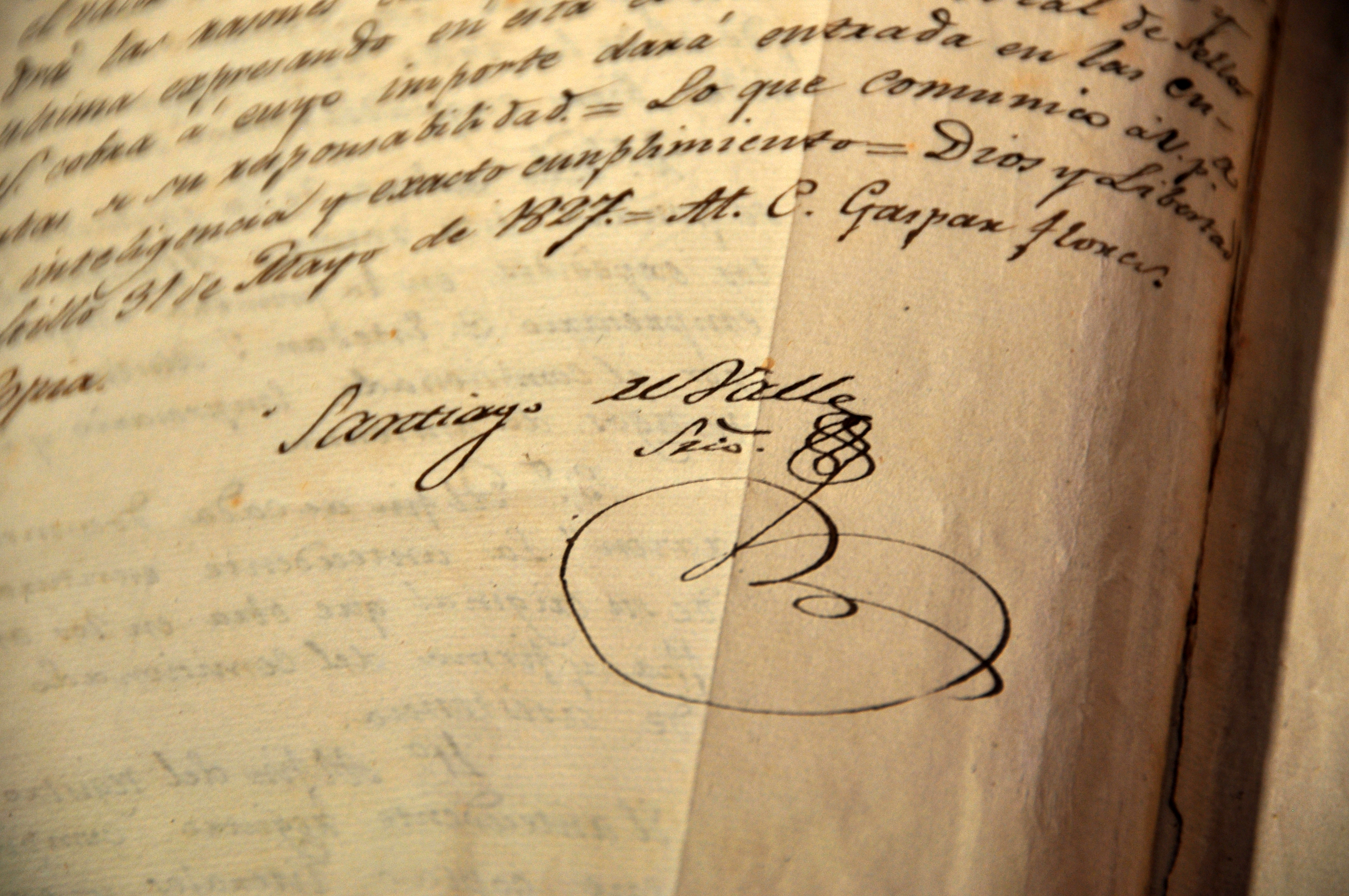County/Region:
Upper Coast
Project Partner/Recipient:
Texas A&M University - Engineering Experiment Station
Summary:
Texas Agricultural Experiment Station set up a monitoring system composed of Sediment Erosion Tables (SET) to allow researchers to quantify the accretion rate in restored and natural marshes.
County/Region:
Coastwide
Project Partner/Recipient:
Texas A&M University - AgriLife Extension Service
Summary:
The Texas Agricultural Extension Service implemented Marsh Management Activities for Learning the Lifestyles of Wildlife Project (Marsh M.A.L.L.O.W), a program designed to educate youth, teachers, adult volunteers, and parents about wetlands.
County/Region:
Matagorda
Project Partner/Recipient:
Lower Colorado River Authority
Summary:
The Lower Colorado River Authority constructed a 732 square-foot, American with Disabilities Act-compliant restroom facility with water fountain and outdoor showers.
County/Region:
Matagorda
Project Partner/Recipient:
Lower Colorado River Authority
Summary:
Lower Colorado River Authority performed a baseline vegetation inventory of the Matagorda Bay Nature Park and Preserve, identifying the extent of each vegetation community type and a complete species lists associated with each community type.
County/Region:
Matagorda
Project Partner/Recipient:
Lower Colorado River Authority
Summary:
The Lower Colorado River Authority constructed a 5 ft. x 1500 ft., American with Disabilities Act-accessible trail in Matagorda Bay Nature Park.
County/Region:
Matagorda
Project Partner/Recipient:
Lower Colorado River Authority
Summary:
The Lower Colorado River Authority constructed a trail, an elevated wetlands boardwalk, and a permanent kayak launch pad at the Matagorda Bay Nature Park.
County/Region:
Matagorda
Project Partner/Recipient:
Matagorda Bay Foundation
Summary:
Matagorda Bay Foundation to (1) document steps to implement successful seagrass restoration and (2) collect data on resiliency services returning as the seagrass is restored in Matagorda Bay.
County/Region:
Calhoun
Project Partner/Recipient:
Matagorda Bay Foundation
Summary:
The Matagorda Bay Foundation completed all required permitting and design for a pilot experiment to restore seagrass in Matagorda and other bays.
County/Region:
Matagorda
Project Partner/Recipient:
Matagorda County
Summary:
Matagorda County purchased 90 oilfield mats and installed them at the entrance to Matagorda Beach.
County/Region:
Matagorda
Project Partner/Recipient:
Lower Colorado River Authority
Summary:
The Lower-Colorado River Authority constructed six picnic pavilions and a directional/interpretive kiosk at Matagorda County Jetty Park, where the Colorado River channel enters the Gulf of Mexico.
County/Region:
Matagorda
Project Partner/Recipient:
Matagorda County
Summary:
County/Region:
Project Partner/Recipient:
General Land Office
Summary:
County/Region:
Matagorda
Project Partner/Recipient:
Coastal Bend Bays & Estuaries Program (CBBEP)
Summary:
This project repaired the levee system and water control structures located within the Aransas National Wildlife Refuge (ANWR) on Matagorda Island.
County/Region:
Calhoun
Project Partner/Recipient:
Coastal Bend Bays & Estuaries Program
Summary:
County/Region:
Upper Coast
Project Partner/Recipient:
Texas A&M University at Galveston
Summary:
Texas A&M University at Galveston studied the effectiveness of different wetland restoration techniques to allow better management of this valuable coastal natural resource.
County/Region:
Matagorda
Project Partner/Recipient:
Matagorda Bay Foundation
Summary:
To construct Breakwaters and Oyster Reef to stabilize the eroding shoreline of Oliver Point.
County/Region:
Galveston
Project Partner/Recipient:
Texas Parks and Wildlife Department (TPWD)
Summary:
This project restored approximately 75 acres of inter-tidal marsh complex habitat within a 108-acre area along the north West Galveston Island shoreline adjacent to West Galveston Bay to enhance and protect existing estuarine and coastal habitats.
County/Region:
Project Partner/Recipient:
Weeks Marine, Inc
Summary:
County/Region:
Project Partner/Recipient:
Weeks Marine, Inc
Summary:
County/Region:
Project Partner/Recipient:
Weeks Marine, Inc
Summary:








